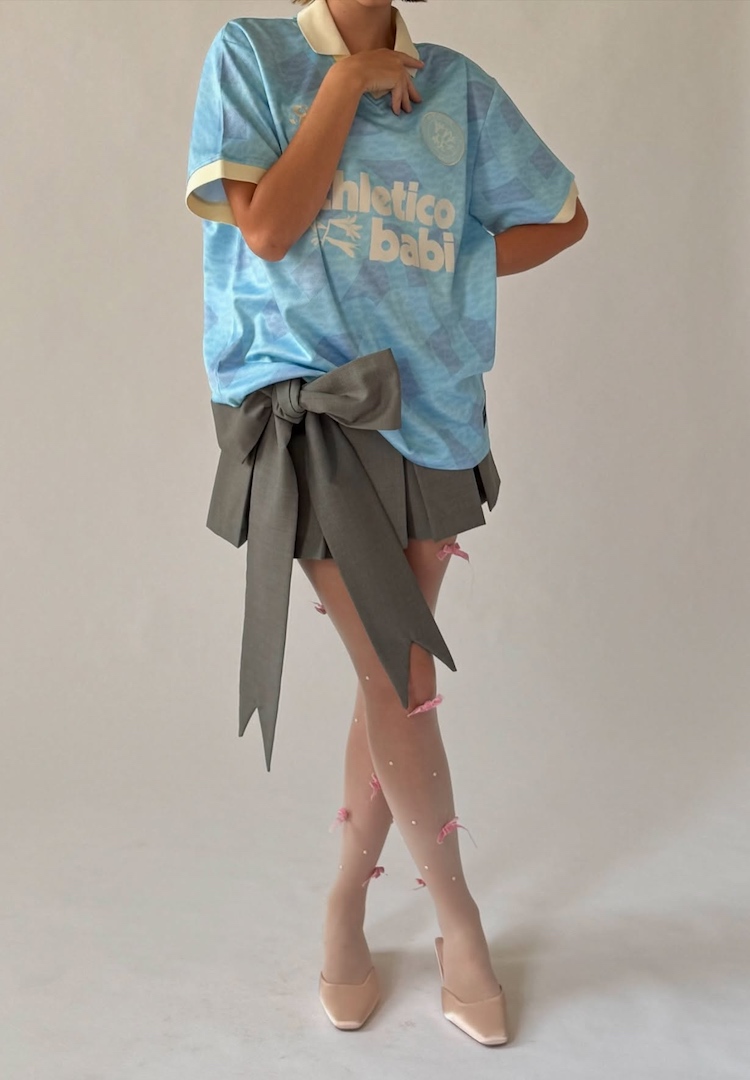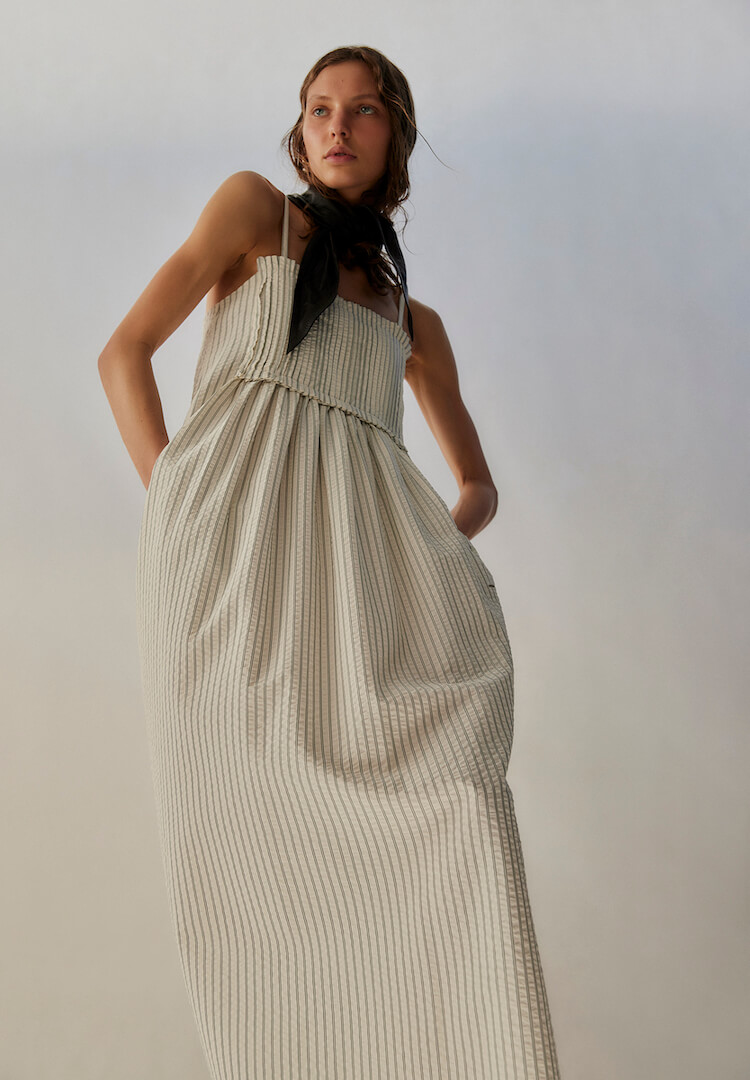Iconic Australian brand Jag is turning its focus to ‘low impact materials’, but what does this actually mean?
IN PARTNERSHIP WITH JAG
WORDS BY ELEANOR WILSON
Laid-back in design, serious about sustainability.
For decades, denim and apparel brand Jag has decorated the bums of Aussies everywhere with its signature triangle logo denim and apparel. But now, the clothing brand is working towards the circular economy, too.
Founded on Melbourne’s bustling Chapel Street in 1972, Jag solidified its place in the Australian fashion industry through its relaxed aesthetic. From minimalist basics to iconic pairs of washed denim, the brand has long maintained its fashionable yet practical approach to clothing.
For more sustainably-geared brands, head to our Fashion vertical.
But, like many iconic Aussie brands, Jag was founded in a time when shoppers were more concerned about committing a double-denim fashion faux pas than the industry’s contribution to the looming climate crisis.
Regardless, times have changed, and the fashion industry is now under major pressure to reduce its impact on the environment. For some brands, responsibly sourced clothing collections are a way to prove their environmentally-friendly conscience to their customer base, while others have opted to avoid accountability through greenwashing.
I must admit, I naively assumed Jag, like a lot of mainstream fashion brands, would align with the latter. But I was happy to be proven wrong when I discovered Jag’s commitment to environmental processes is one of the most impressive I have come across in the mainstream fashion game.
View this post on Instagram
Currently, 56 per cent of Jag’s primary materials are already classed as ‘low impact’. While this would be a worthy feat for most large fashion chains, Jag intends to increase this to 95 per cent by 2025.
What’s more, it’s also committed to producing a range that is “fully prepared for the circular economy”, which will increase garment lifespan and facilitate recycling. Take note, industry peers! So how does Jag plan to maintain its signature laid-back aesthetic, while taking a very active stance on sustainability?
What’s the deal with low impact materials?
Jag puts ‘low impact materials’ at the forefront of its processes, but what does this mean exactly? To put it simply, low impact materials take into consideration the environmental impact of the water, waste, chemicals and emissions required for materials to move through the entire supply chain.
A material’s value in the circular economy – that is, its ability to last, be recycled and composted – also comes into consideration when determining the impact of materials. So which materials are considered to be ‘low impact’?
Jag’s ‘low impact materials matrix’ is based on evidence from a number of science-based rating systems as well as circular economy advocate, the Ellen MacArthur Foundation.
The system rates individual fabrics from a scale of ‘phase out’ – those which cannot be recycled or composted – to ‘circular’ – those which are recycled, and can be composted.
At the non-recyclable end of the scale sits your standard cotton, viscose, wool and polyester, fabrics that probably make up a great percentage of most people’s wardrobes.
Unfortunately, these materials typically use large amounts of water and chemicals in their production. Furthermore, materials that are dyed, printed or treated make recycling and composting difficult, decreasing their ability to enter the circular economy.
Polyester in particular is a petroleum-based material extracted in the oil mining process, which has one of the biggest impacts on the environment. Because of these reasons, Jag aims to phase out conventional cotton, polyester, wool and nylon from its processes.
So is there anything that can replace such everyday materials? Thanks to innovation in the circular fashion world, yes!
Recycled materials are written into Jag’s future
As part of its commitment to a more sustainable future, Jag is investing in a plethora of recycled and low-impact materials to replace the conventional cotton and polyesters we are used to seeing in-store.
The brand already features a range of apparel pieces using certified organic cotton. These pieces use GOTS cotton, which is certified to be grown using non-GMO seeds, and takes into account the human rights and environmental impacts throughout each stage of production, including dyeing, printing and packaging.
The brand strives to include more circular materials such as recycled cotton and the more innovative Lenzing Refibra, which incorporates 30 per cent upcycled cotton scraps from the garment manufacturing process. Lenzing Tencel uses wood pulp from trees to create a viscose like feel, and is another option that is lower impact than conventional fabrics.
View this post on Instagram
By now, like me, you might be quite impressed by Jag’s commitment to a sustainable fashion future. But the fashion label recognises its environmental impact goes beyond the production of its clothing.
Along with its commitment to using low impact materials, Jag aims to use 100 per cent recyclable packaging by 2025, which it’s already made a start on by implementing recyclable paper satchels for a number of its online orders.
The brand is even committing to a fully circular collection by 2025, proving fashion labels can have well-established histories, and still do their part to address the impact of climate change.
In fact, in a context where large companies often take little accountability for their environmental footprint, and the responsibility is then placed on the individual to make a change, it’s refreshing to know I can comfortably walk into Jag and shop for brand new items. And all without a heavy conscience.
To find out more about Jag’s commitment to sustainability, head here.















